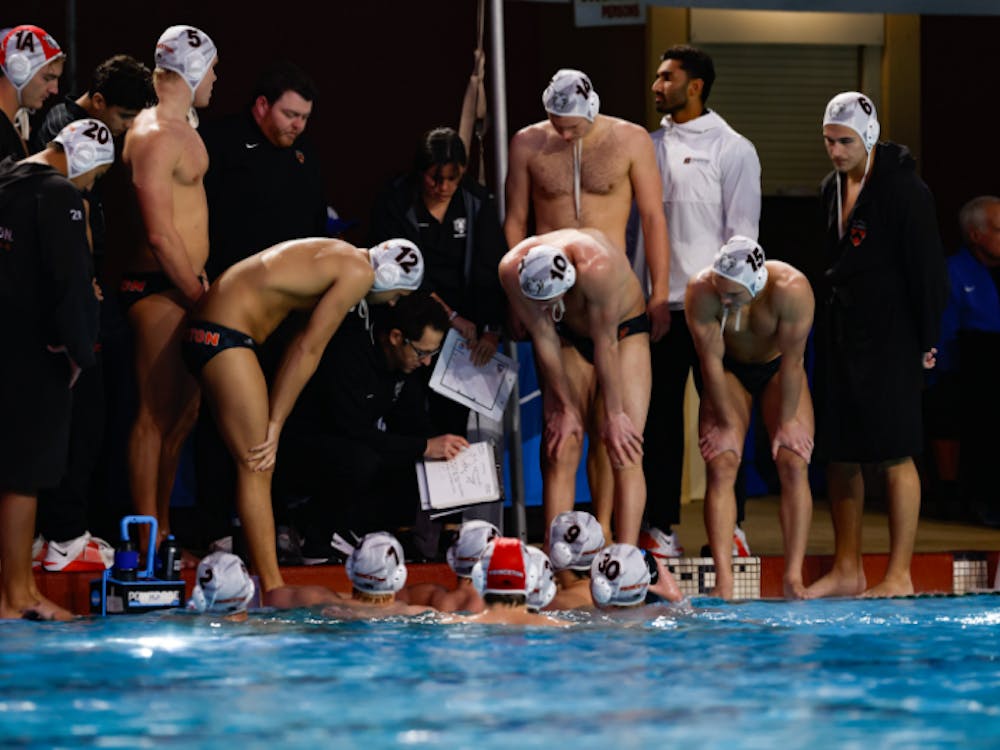An article written by columnist Bhaskar Roberts ’19 on Sunday, April 16, claims that white artist Dana Schutz’s controversial rendering of Emmett Till’s dead body was born out of empathy for Till and, by extension, the pain suffered by the black community. Roberts was particularly scandalized by black artist Hanna Black’s response to Schutz’s work, noting that Black is constraining the ways that white people can fight oppression on behalf of black people.
Black’s response, however, is deeper than the simple idea that white portrayal of black suffering is “disrespectful” or “disingenuous” because black people continue to suffer at the hands of white people. Not only does Black make clear arguments related to free speech — “white free speech and white creative freedom have been founded on the constraint of others, and are not natural rights” — but she also makes clear arguments related to appropriation and capitalism. Roberts seems to gloss over these issues in Black’s letter by first noting that Schutz has genuine sympathy for Till. Neither Roberts nor I can argue about whether Schutz has genuine feelings of empathy for Till, but of course that is not the point.
The proof is in the pudding of the Schutz-issued statement that Roberts features: “I don’t know what it is like to be black in America, but I do know what it is like to be a mother ... the thought of anything happening to your child is beyond comprehension.” Schutz’s empathy may be genuine; it may even be profound. However, her hamartia — that she knows what it is like to be a mother, instead of black — does the work of centering her white female feelings over that of the black community. It is important for people to have empathy, even necessary in the changing traumatic process of history. However, the ways that we empathize can replicate terrible systems, particularly those that center around historically oppressive populations. While I do not necessarily believe that no white artists can ever depict black pain, I find it interesting that rather than concentrating on the tragedy of Till’s murder, Black and I had to spend a great deal of time focusing on the pain of a person representing an already centered population.
Roberts notes that because Schutz is not receiving compensation for her portrayal of Till, her rendering is less offensive. But while Schutz may not be receiving any direct payment for the rendering, the publicity will likely afford her plenty of capital. One’s reputation and work can provide future capital and resources down the line. Although Schutz’s decision not to put the painting up for money may be considered an act of charity, it is myopic to pretend that she is unmindful of her own reputation and artistic future when exhibiting the work. For example, Schutz now has a narrative resume of sorts in the New Yorker, which will probably provide her with exposure leading to future artistic endeavors. Roberts also brings up a fair point about the HBO series about Till produced by Will Smith and Jay-Z. While this kind of artistic endeavor should be frowned upon if its only motive is profit, it is fallacious to equate efforts by two black men to portray Till’s story with that of a white woman.
A great deal of Black’s concerns, and that of black people harmed by appropriation and capitalism, is the exploitative nature of such acts. Certainly, black people can also exploit the pain of fellow black people and other people of color. Yet the historical legacy of colonialism and imperialism, perpetuated largely by European powers, make the 21st century versions of these behaviors all the more traumatizing when conducted by white people. The kind of innocence that is assumed of white women like Schutz can change the course of history — as it did for a murdered 14-year-old Till, and now, as this small painting inserts itself into an already tragic story.
Imani Thornton is a politics major from Matteson, Ill. She can be contacted at it4@princeton.edu.







